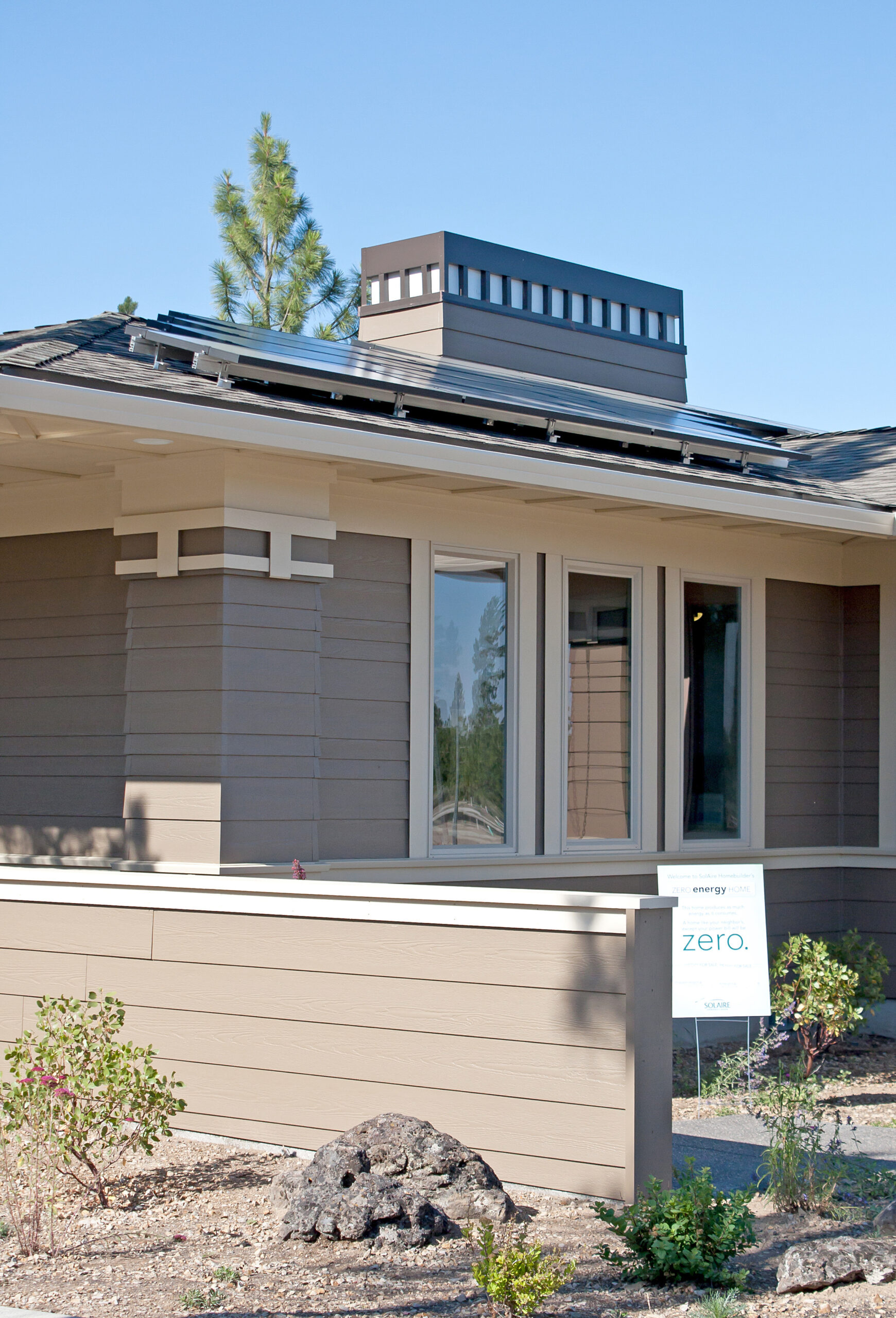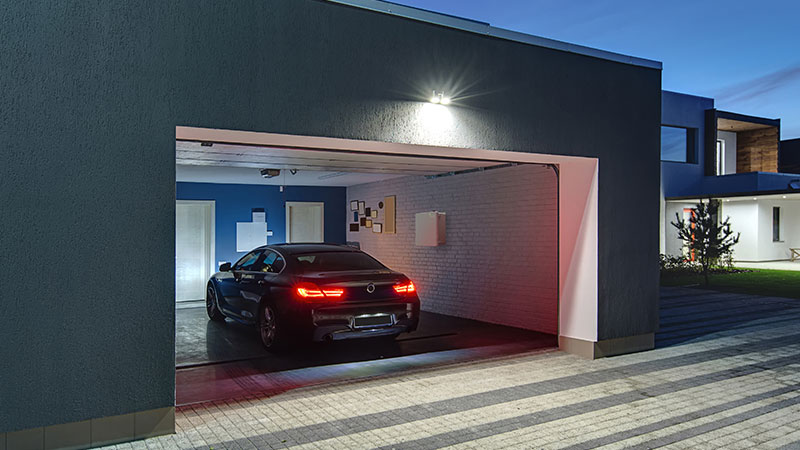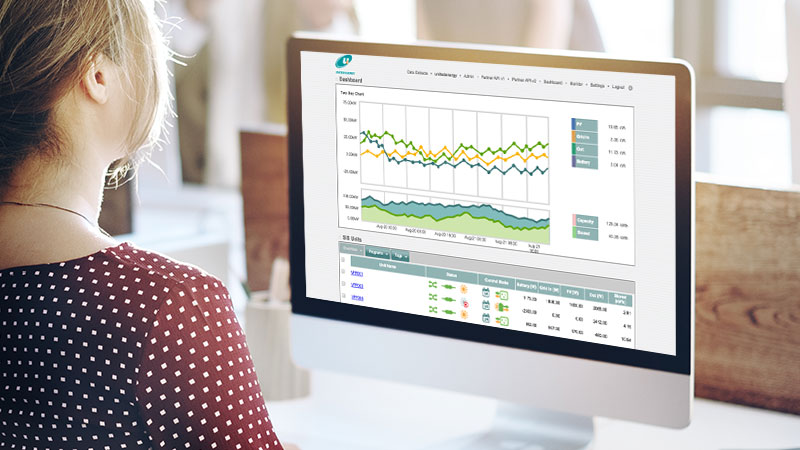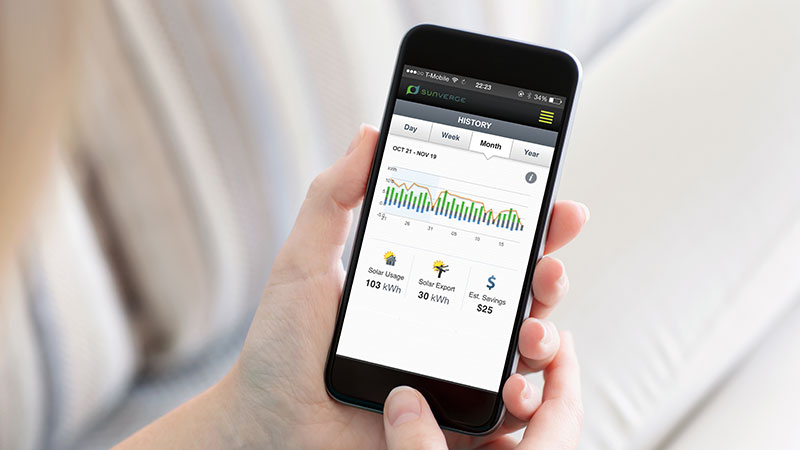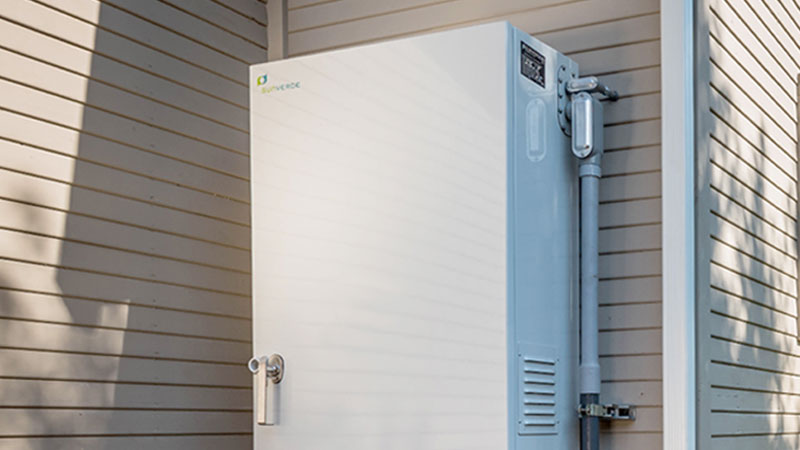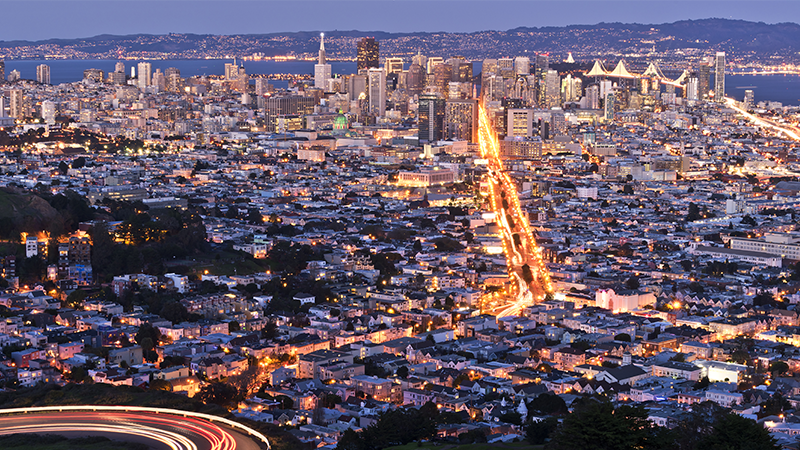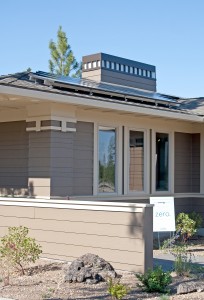
The good news is that there can be new regulations that are fair to everyone.
Over the coming weeks, the California Public Utilities Commission (PUC) will be reviewing proposals by utilities, solar providers and others about how to modify net metering (NEM) regulations. These are the rules that determine how to compensate customers who have installed solar panels on their homes and generate excess electric power that flows back onto the grid.
Utilities, solar energy companies, homeowners and many other interests have very different ideas of what the PUC should decide. Unfortunately, what should be a thoughtful discussion has been sidetracked by “energy hardliners” – those who cast the debate as solar versus utility, as if the two are enemies. Caught in no-man’s land in this battle: The majority of California consumers, and the reliability and integrity of the electric grid on which we all depend.
The good news is that there can be new regulations that are fair to everyone – and ensure that we will have a stronger, smarter grid that actually can support the long-term growth of solar power.
The original NEM regulations date to a time when rooftop solar was a new and an expensive energy option. NEM, along with tax breaks, helped support the adoption of solar installations, a major reason California now enjoys a robust and competitive solar industry.
The updated NEM rules, required under a 2013 state law, are supposed to ensure sustainable growth of solar, including in low-income communities. At the same time, new rates are required that balance the benefits of solar with the cost of maintaining a reliable electric grid for all consumers. That means, among other things, minimizing the “cost shifting” where people (often with the least means) pay more than their fair share while others pay little or nothing for the same resource.
That’s of enormous importance with respect to today’s grid, which is no longer the “one-way” wire from power plant to the home. It’s rapidly becoming an intelligent network that will have supply increasing customer demand, as well as allow the supply and demand to be managed efficiently and reliably as more small-scale renewable systems are installed.
The increase in solar installations connected to the grid is good news for our energy future. Combined with battery storage systems, solar panels can supply a significant portion of a home’s needs and reduce the overall load on the grid at times of peak need, like very hot days. This helps us reduce dependence on less environmentally friendly sources of power and can even eliminate the need to build new main power plants or expensive “peak” plants that produce very costly power at times of high demand.
At the same time, the very nature of those small systems makes grid management more complex. It’s going to require more intelligent software on the grid side, as well as smarter homes, to make the network run smoothly and reliably. If anything, the grid today needs more investment and upgrading in order to enable the continued transition to this renewable future and make even more solar installations practical. We won’t get there by cost-shifting anymore than we will have the energy future we want if we make solar an unattractive option.
Once we realize this, we can see our way to a NEM that democratizes the grid by minimizing cost-shifting and maximizing economic returns for customer-generators of renewable energy. This isn’t an issue that will be decided by polarizing pro-solar or pro-utility positions; it will establish win-win middle ground where utilities and rate-payers will benefit from customer-generated power paired with technologies to control and balance the dispatch of energy when the grid needs it most. In fact, there are a variety of regulations and changes underway that will enable customers with solar installations to earn money from their systems by helping the grid operate more efficiently.
Instead of looking at the issue in present terms we should look to what the grid will become: a highly intelligent network that provides two-way energy flows, and where much of the economic incentives come from value-added services that grid operators provide to all users. A more reliable grid, managed more efficiently, is in everyone’s best interest – whether they have solar generation on the roof today, tomorrow, or never.
Ken Munson is co-founder and CEO of San Francisco-based Sunverge Energy.
